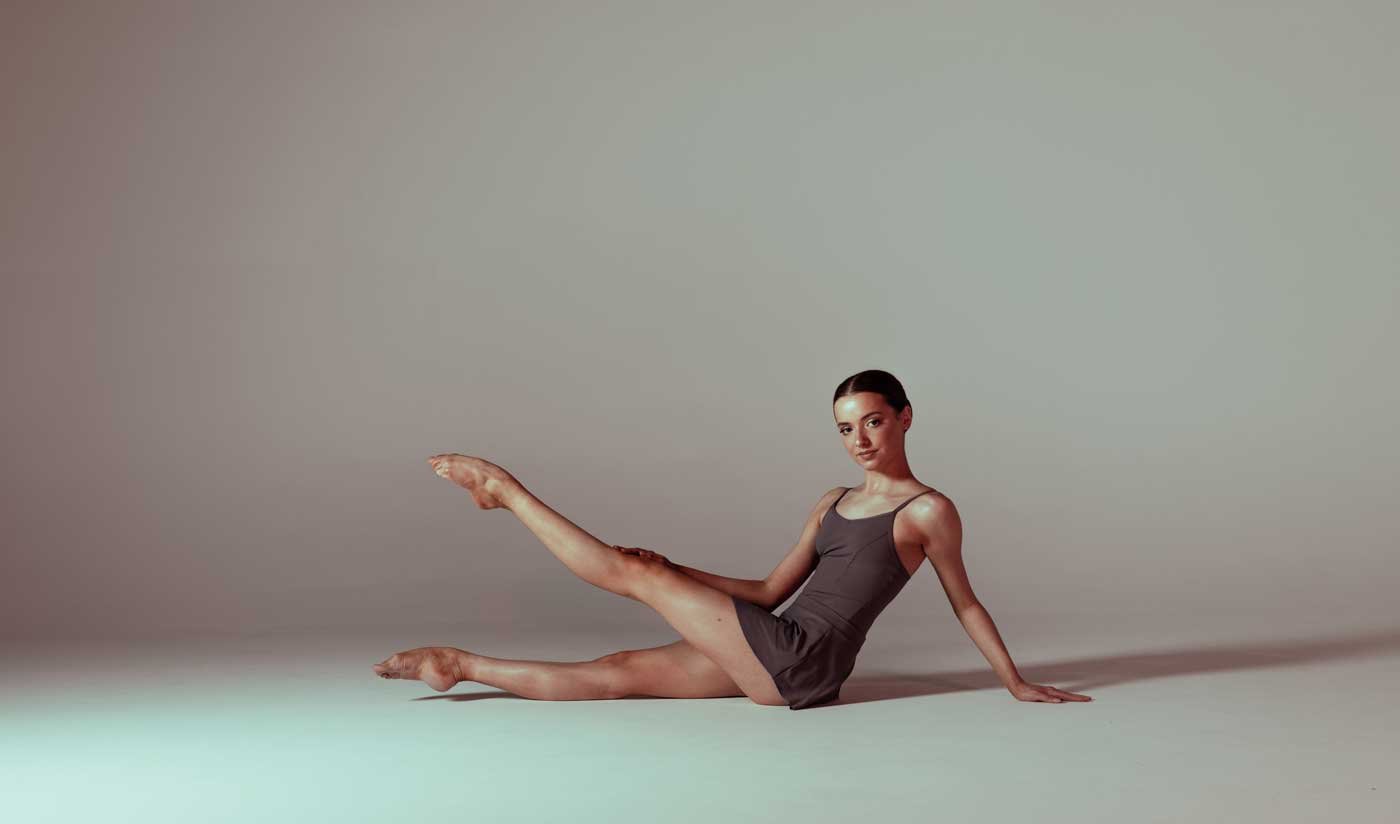The Importance of Pre-Pointe Assessments for Dancers | Keilor Road Physiotherapy
Starting en pointe is an exciting milestone for any dancer, marking a beautiful expression of artistry and skill. However, it’s important to recognize that this technique can push the body to its extremes. Energetiks, in collaboration with Keilor Road Physiotherapy, understand the need for proper preparation, which is why we recommend a Pre-Pointe Assessment before embarking on this journey.
Why Choose a Pre-Pointe Assessment?
Each dancer's unique biomechanics and technical elements need to be taken into account during the assessment. This personalised approach is essential to ensuring a safe and effective transition to pointe work. Whether your dancer is pursuing this path for a few years for fun or aiming for a professional career, investing in correct biomechanics and technique can dramatically enhance the long-term health of their feet, knees, and hips.
Getting Started: Age and Timing for Pre-Pointe Assessments
It's generally recommended that dancers begin pointe work no earlier than the age of 12. Prior to this age, their bones and soft tissues are still developing, putting them at an increased risk of injury. However, your Pointe journey can begin earlier under the guidance of your Dance Teacher and a Pre-Pointe Assessment will be highly valuable at any age, as it helps identify areas for improvement early on.
We suggest scheduling an assessment at least 3-6 months before pointe classes are set to begin. This timeframe allows the physiotherapist to address any deficiencies and ensure a safe start to en pointe training.
Jasmine is wearing the Veronica Camisole and the Natalia Skirt in Slate.
What to Expect During a Pre-Pointe Assessment
Your Pre-Pointe Assessment should be conducted by a skilled physiotherapist, who has completed specialised training in dance assessment and injury treatment. With years of experience managing sports injuries, the physiotherapists at Keilor Road Physiotherapy have a deep understanding of the unique challenges faced by dancers.
During the initial assessment, your dancer will undergo a thorough evaluation to determine their readiness for pointe work. This process includes:
Dance History: An overview of previous training and experiences.
Growth Development: Assessing physical development and maturity.
Injury Profile: Discussing any past injuries that may impact performance.
Goals: Understanding the dancer's aspirations.
Following this, our expert physiotherapists will evaluate:
Pointe Range: Assessing the dancer's ability to achieve necessary positions.
Foot Control and Turnout: Evaluating stability and strength.
Pelvic Stability and Core Control: Ensuring the dancer has the necessary support for advanced movements.
Application in Basic Ballet Steps: Observing how these elements translate into performance.
After the assessment, a detailed report will be provided to the dancer's instructor, outlining observations and prescribed exercises to work on before the next appointment.
Teah wears the Caroline Camisole in Slate and Thea Pointe Shoes.
Teah wears the Freya Camisole in Tan and Thea Pointe Shoes.
Why Keilor Road Physiotherapy?
Keilor Road Physiotherapy has developed expertise in pre-pointe assessment over many years, particularly with adolescent dancers. We understand the unique injury risk profile associated with the rigors of performance and practice. The dedicated team there is passionate about ensuring that their dancers are fully prepared for the demands of ballet en pointe.
They emphasize a comprehensive approach, guiding dancers through the necessary steps to progress safely. Their facilities are also designed specifically for dancers, featuring a sprung floor, mirrors, and multiple barres to provide an optimal training environment. Keilor Road Physiotherapy also utilise advanced technology, such as the AxIT strength assessment dynamometry system, to objectively measure a dancer’s strength and ensure they are ready for pointe work.
Preparing for Your Assessment
Dancers should wear their Energetiks athletic or dance attire for their assessment, as they will be performing basic ballet steps alongside range of movement and strength evaluations. It’s also beneficial to bring any prior assessment or treatment history, such as GP scans, as well as a towel and drink bottle for hydration.
Emily is wearing the Lara Endurance Jacket and Clea Legging in Black.
After the Assessment: What’s Next?
Once approved for pointe work, your physiotherapist will communicate with your dancer's instructor, as they have the final say on when to begin. After receiving the go-ahead, you can book your Pointe fitting at Energetiks Essendon (166 Buckley St, Essendon 3040) or any Energetiks store.
It’s important to note that many dancers may need to work on their strength and control before getting their pointe shoes. The physiotherapy assessment often reveals weaknesses in intrinsic foot muscles and ankle control, which need to be addressed for a safe start to pointe training.
Energetiks Moorabbin Store
Ongoing Exercise and Maintenance
Once dancers are cleared for pointe work, it is crucial to continue the prescribed exercises. These exercises are designed not only to help dancers get onto pointe but also to maintain their strength and efficiency as they progress. In fact, professional dancers, such as those in the Australian Ballet, incorporate daily exercises to enhance their performance and prevent injuries.
Energetiks, in collaboration with Keilor Road Physiotherapy, is committed to empowering dancers to achieve their goals while prioritising their health and well-being. If you're ready to take the next step in your dancing journey, contact us or the friendly team at Keilor Road Physiotherapy today to schedule your Pre-Pointe Assessment.
Article by Keilor Road Physiotherapy
Photography by Elly Ford










